Bell’s Palsy & Facial Nerve Paralysis
The Facial Nerve (Cranial nerve 7) is the main nerve that controls movement of the face. Bell’s palsy is a temporary or permanent weakness or paralysis of the facial nerve. The facial nerve may also be compromised by stroke, trauma, infection, inflammatory conditions, neurologic disease, and tumors of the head and neck. Specific to the eye, the facial nerve controls eyelid closure. A different nerve (3rd cranial nerve) controls eyelid opening and should be maintained in facial palsy.
FAQs
What are the signs and symptoms of facial nerve palsy?
People with facial nerve palsy have decreased or absent movement of one side of the face (both sides is rare). Symptoms include facial asymmetry, drooping of the eyebrow, drooping of the lower eyelid (ectropion), incomplete eyelid closure (lagophthalmos), chronic tearing, eye pain, blurred vision (due to corneal damage), drooling and inability to drink properly. The biggest concern with facial nerve palsy is lack of protection of the eye due to inability to properly close the eye. This leads to breakdown of the cornea, potential eye infection with permanent loss of vision.
How is facial nerve paralysis treated?
The first line of treatment is aggressive lubrication of the eye with artificial tears, gels and ointments. Taping the eyelid closed at night may be necessary to protect the eye properly. At home humidifiers may help to provide more moisture while sleeping. Ocular moisture chambers are also used to allow by some patients.
In some cases, surgery is recommended to better protect the eye. This includes procedures to aid in eyelid closure (gold weight placement to the upper eyelid, ectropion repair, mid-face elevation). Surgery is performed as an outpatient under local anesthesia with or without sedation.
What is Aberrant Regeneration and Synkinesis?
Aberrant regeneration occurs after injury to the facial nerve and is essentially a misdirection of the nerve. As the facial nerve heals, some nerve endings can become misdirected to the wrong areas causing abnormal facial movements (synkinesis) Some people notice closure of the eyelid with checking, sucking through a straw or smiling. Synkinesis can be treated with neurotoxins such as Botox in our office.

